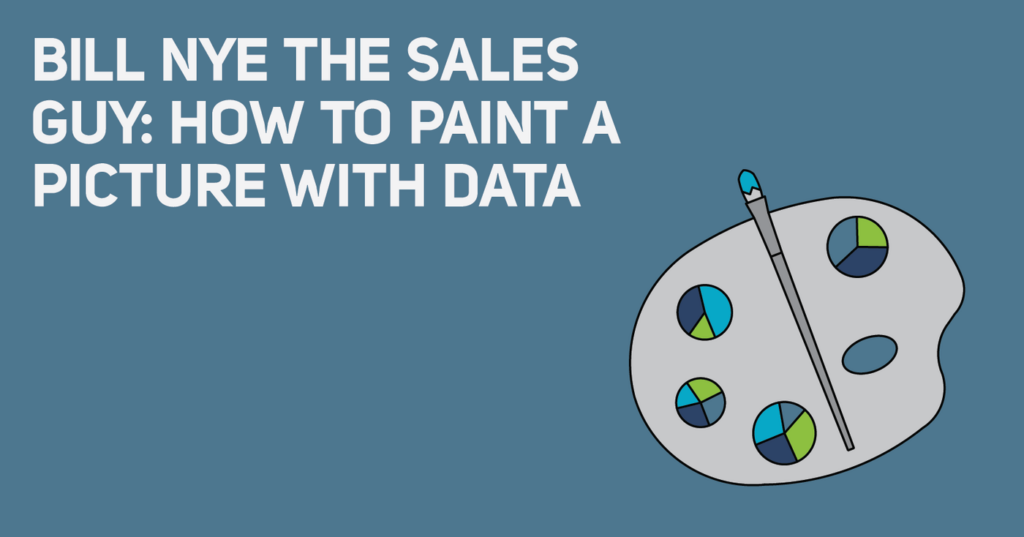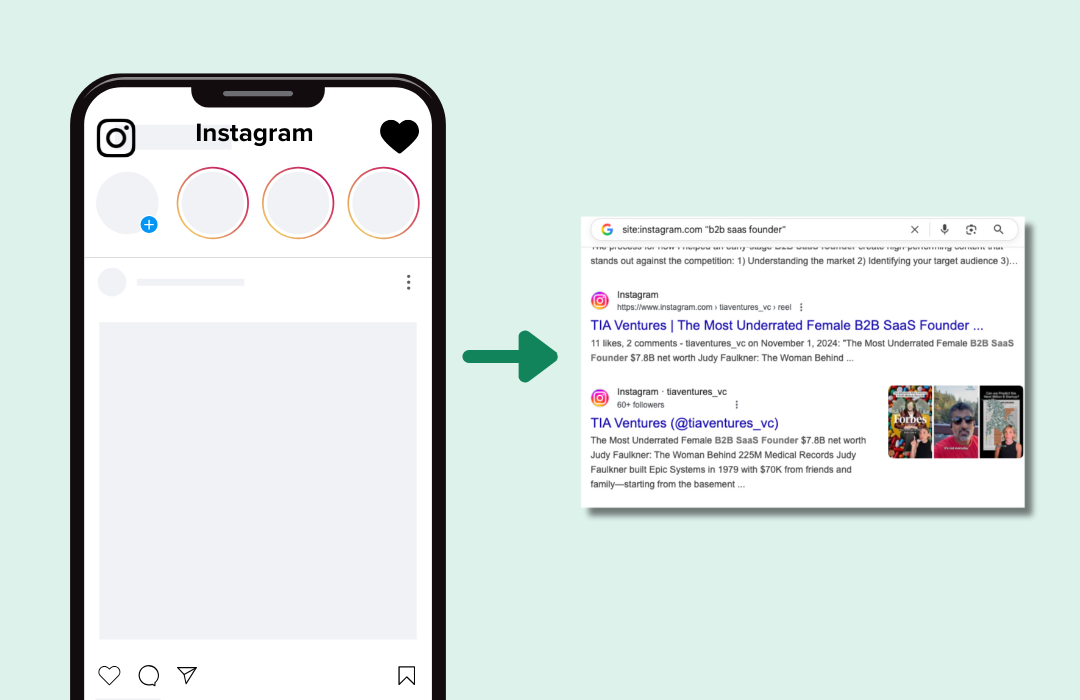Data. A word, when heard by salespeople, that typically invokes tremors, convulsions, profuse sweating, hallucinations, extreme agitation, anxiety and, in some cases, nausea and vomiting. Okay, maybe not all of that. But, data is something that many salespeople hate to deal with. It’s confusing, sometimes complicated and can easily be skewed depending on how you look at it. While that’s all fine and well for salespeople, sales managers need to become experts in the data of their teams to not only be able to quickly diagnose problems and fix them as they arise, but to also better understand why they win, when they win and how they win in order to amplify those results.
So, where do we start? When we first started the Sales team at Grovo, we had nothing: no ways of tracking calls made other than a physical piece of paper I used for tally marks, no insight into which leads converted best, no knowledge of email response / bounce rates, etc. You get the picture. The problem with that was that we were wasting serious amounts of time trying to figure things out as quickly as possible, but had no way to contextualize the exact work we were doing. If you’re reading this, you may be in the same position we were. Fortunately, we learned very quickly and put systems in place in order to build upon the wins we were seeing, as well as drastically reduce wasted efforts.[Tweet “we learned very quickly and put systems in place in order to build upon the wins”]
I’m going to do my best to give you a few tips on how to effectively use data to paint a holistic picture of what your team is doing in order to fully understand why you, or specific individuals, are finding success or failure. This post is just dedicated to Sales Development Reps, but can easily be extrapolated to suit the needs of an Account Executive team, as well.
Understand the purpose of data and how to use it.
If your data is misguided, so will be your reps. This is because whatever data you decide to publicly track will influence the behavior of your reps. If you say something is important enough to track, people will point all of their cannons towards increasing those metrics (calls, connects, etc.) and stop at nothing until they’ve found success.
Not only is it because of this that, before tracking anything, you need to be clear on the purpose of the data you intend to gather. But, it’s also important to know the purpose behind the data you seek so that you don’t waste the valuable time of yourself and your team.
Let’s picture the following scenario:
You hear that “talk time” is a metric that many Sales teams in your industry are tracking without really knowing why. You then meet with your Sales Operations team and say, “Let’s track talk time!.” The SalesOps team starts tracking it, your reps work as hard as possible to jack it up, and after three months you have a lot of data. Your SalesOps team approaches you and says, “We have a quarter’s worth of data! What do you want us to do with it?” At that moment, if you don’t have an exact answer as to how you should move forward with that data, you made a mistake. And the mistake here is that you allocated precious SalesOps resources to tracking “talk time” as well as told your team it was important to increase without proving a real reason as to why it mattered.
So, the advice here is before deciding to track or pull any data, make sure you have a concrete reason as to why you’re doing it and an actionable plan in place to actually do something with it after you get it.
Figure out which activities are most important to your team.
This may slightly vary from team to team, but probably not. What will be most helpful for you is to put data into distinct buckets so you know exactly what you’re tracking, why you’re tracking it and how you intend to use it. Below are a few examples:
Activities
Use to monitor daily effort, quickly assess how people are setting themselves up for success or not and level set where people are spending their time. For example:
- Calls
- Connects
- Emails
- Demos set
- Talk time
Key Performance Indicators (KPIs)
Use to see if reps are moving in a direction that will yield them, and the company, success or spinning their wheels on activities that don’t impact revenue.
- Marketing Qualified Lead (MQL) to Sales Qualified Lead (SQL) conversion rate (by individual and team)
- SQL to Deal conversion rate (by individual and team)
- Average # of SQLs per month (by individual and team)
- % or SQLs that are disqualified by AEs (by individual and team)
Rankings
Use to see how reps rank against their peers, who exceeds thresholds for promotion, and who needs a bit more TLC (tender loving care).
- Quota attainment (ranked)
- Total revenue sourced
- Total SQLs generated
- Tenure (only to be used as a reference point for the other metrics)
Put your data where people can see it.
Alright, you’ve done steps one and two but now you need a place where you can easily access your data, understand it and make decisions based off of it. To do this, you need to get Customer Relationship Management (CRM) software. The heavy-hitters are Salesforce.com (SFDC), Hubspot, Pipedrive and Zoho.
The thing about CRMs is that no two instances are alike. Meaning, the way our CRM is configured may be very, very different than the way your CRM is configured despite it being the same CRM. To help you configure a CRM to your needs, your best bet is to hire someone in an internal SalesOps role who is well-versed in the particular CRM you decide to use, or outsource it to a firm like Bluewolf.
Once you configure your CRM and have a handful of dashboards (each dashboard should be dedicated to one of the buckets of data you create. If not, your dashboard will be super messy and unhelpful) you, as a Sales manager or even a rep who may be particularly data driven, need to live in it.
Don’t forget the qualitative data!
The last paragraph ended on a pretty serious note: “live in it.” Live in your data. Breathe it, eat it, sleep next to it. But, what about the people? That’s where qualitative data comes in. You know how some reps, or even yourself, may say, “I feel like we’ve been getting really good traction from selling to x,y,z, let’s jack up marketing spend on that and make sure all of our efforts are aimed at that?” That’s all good and well, but what isn’t good is when decisions are made immediately after someone says that – unfortunately it happens often in many organizations. While these “hunches” or “feelings” may be right and very insightful, they need to be checked and confirmed or disconfirmed with quantitative data before making any decisions.
You now have a basic framework to get started. However, it’s just scratching the surface. One of the hardest things about capturing, internalizing and using data is that it can often become muddled in inconsistencies and contradictions. Sometimes things just don’t add up, which is why data must always be refined and blended both quantitatively (what the numbers say) and qualitatively (what you think or feel).[Tweet “capturing, internalizing and using data can become muddled in inconsistencies and contradictions”]
Ready to become Bill Nye the Sales Guy? Or possibly a mad scientist like Dr. Jekyll and Mr. Hyde. Regardless, the time to start is now. Whether that means collecting data, refining it, packaging it up better or making it easier on the eyes, you’ll save yourself and your company a good chunk of time and money.







